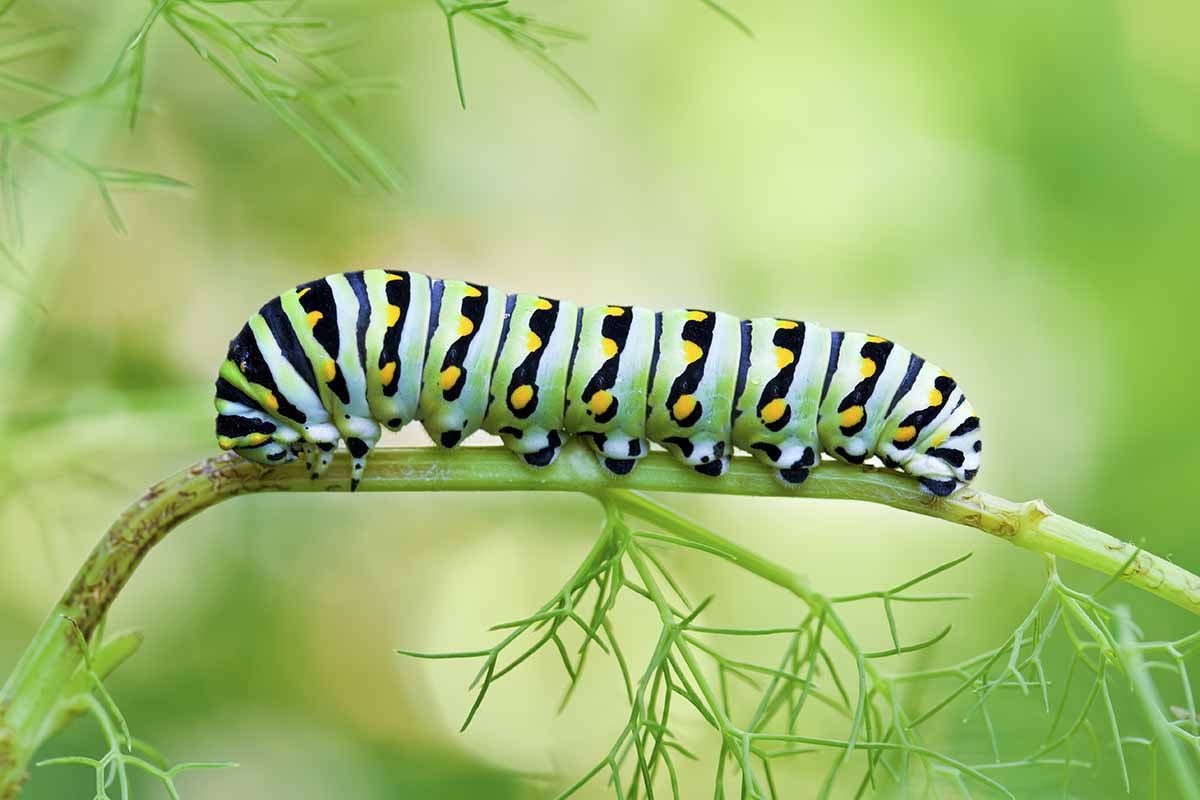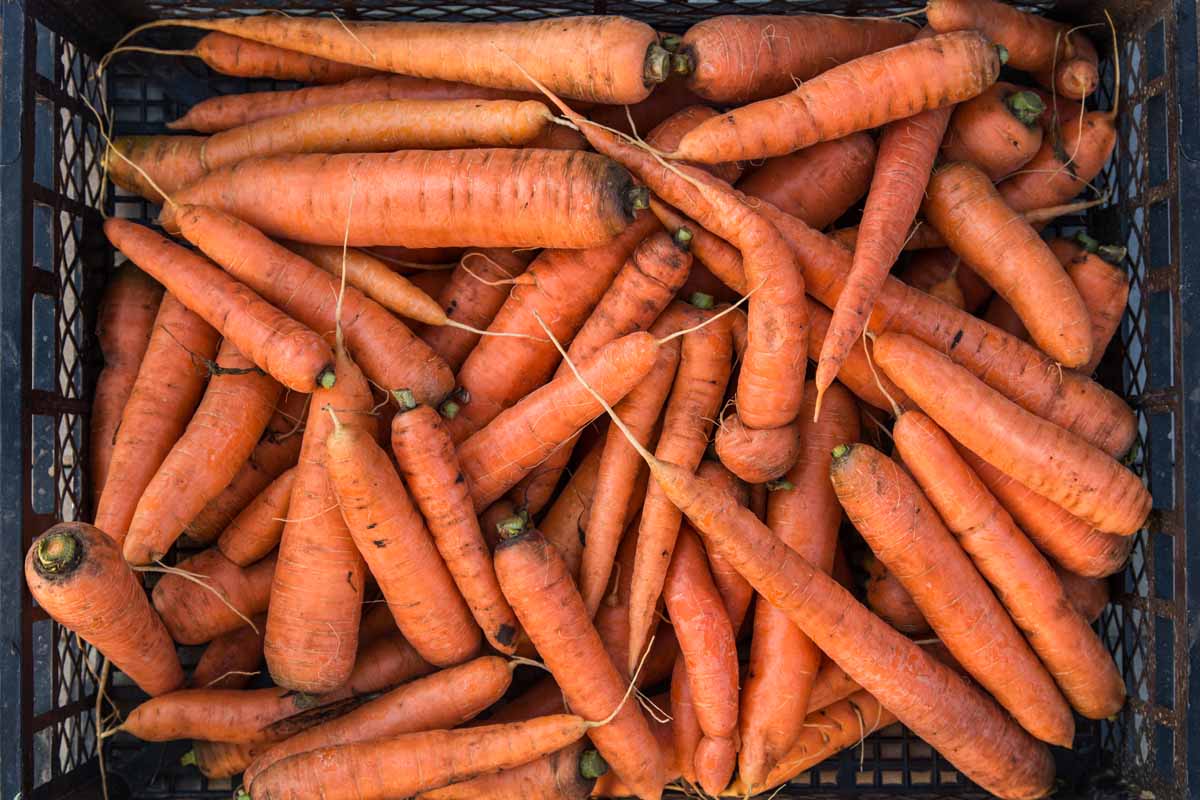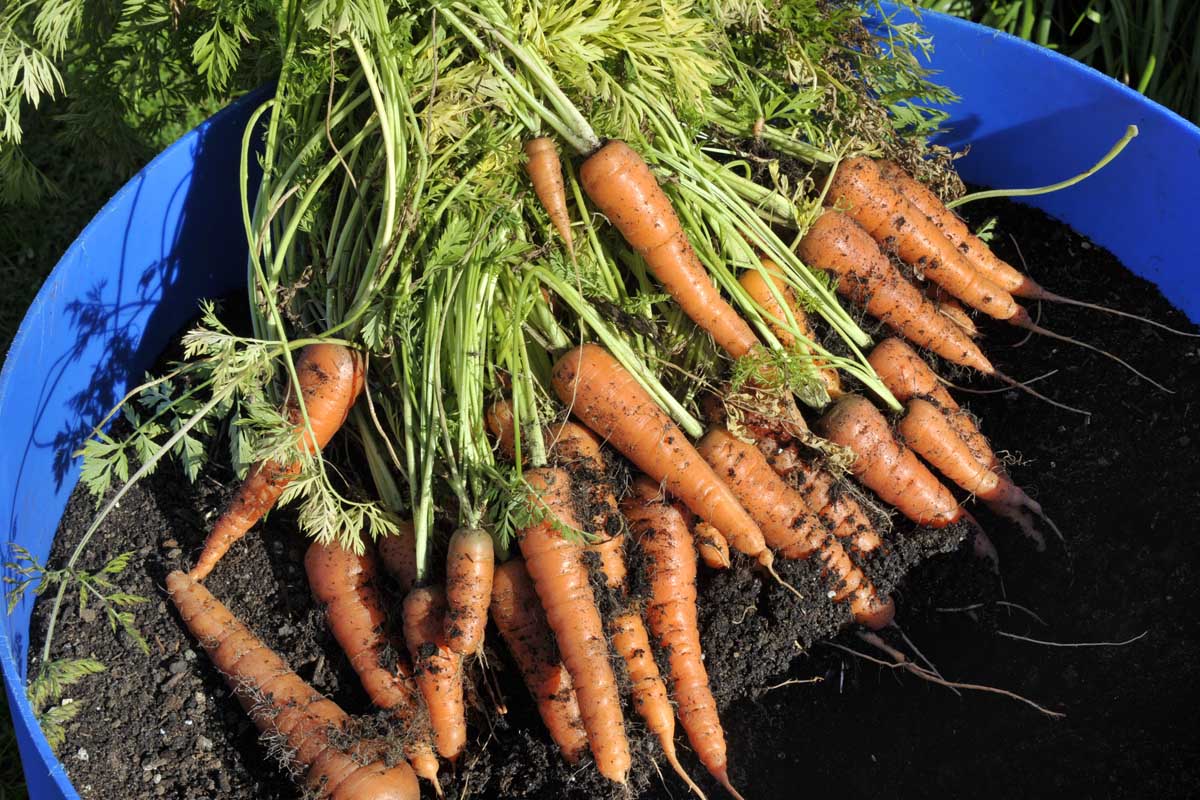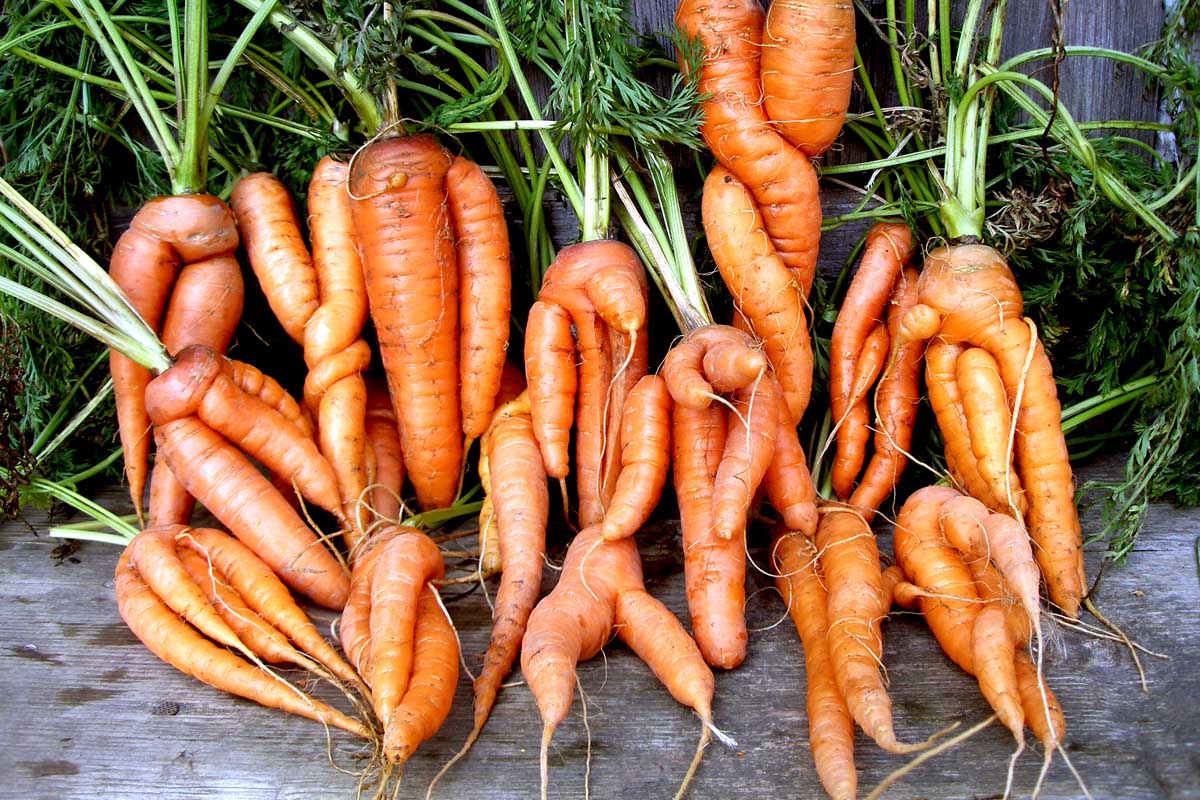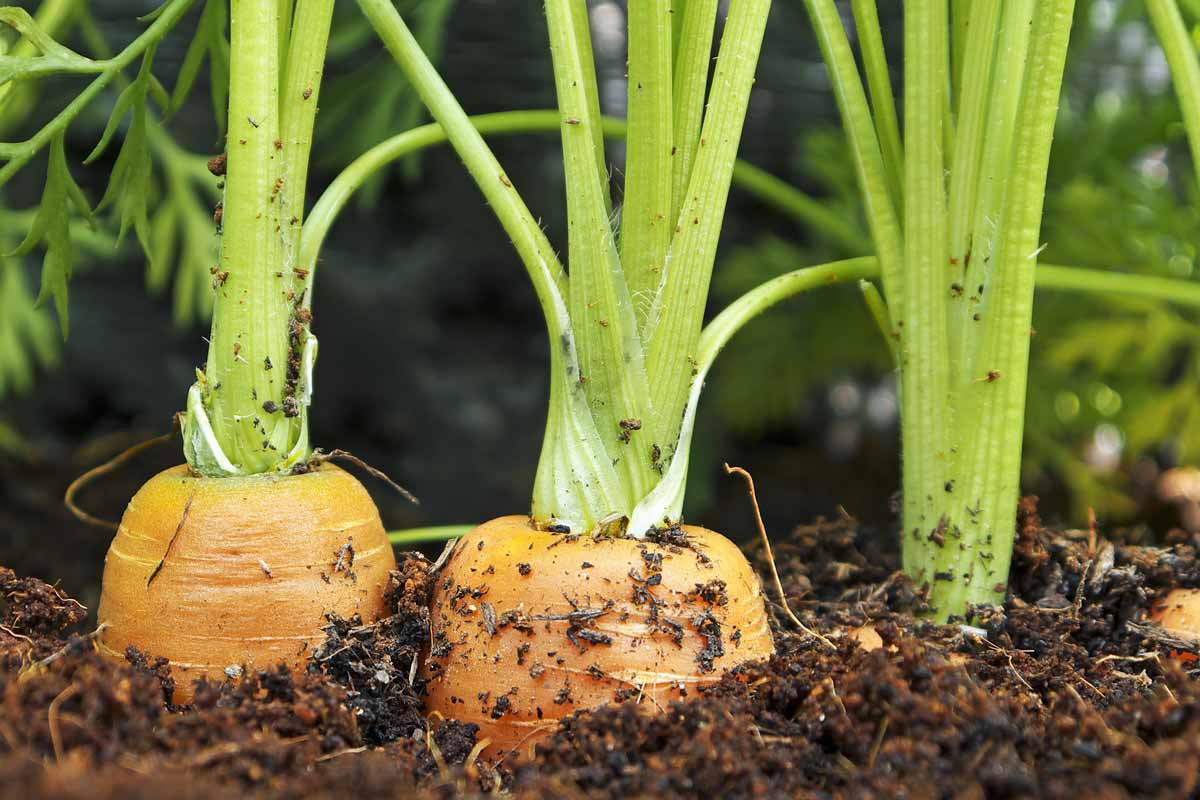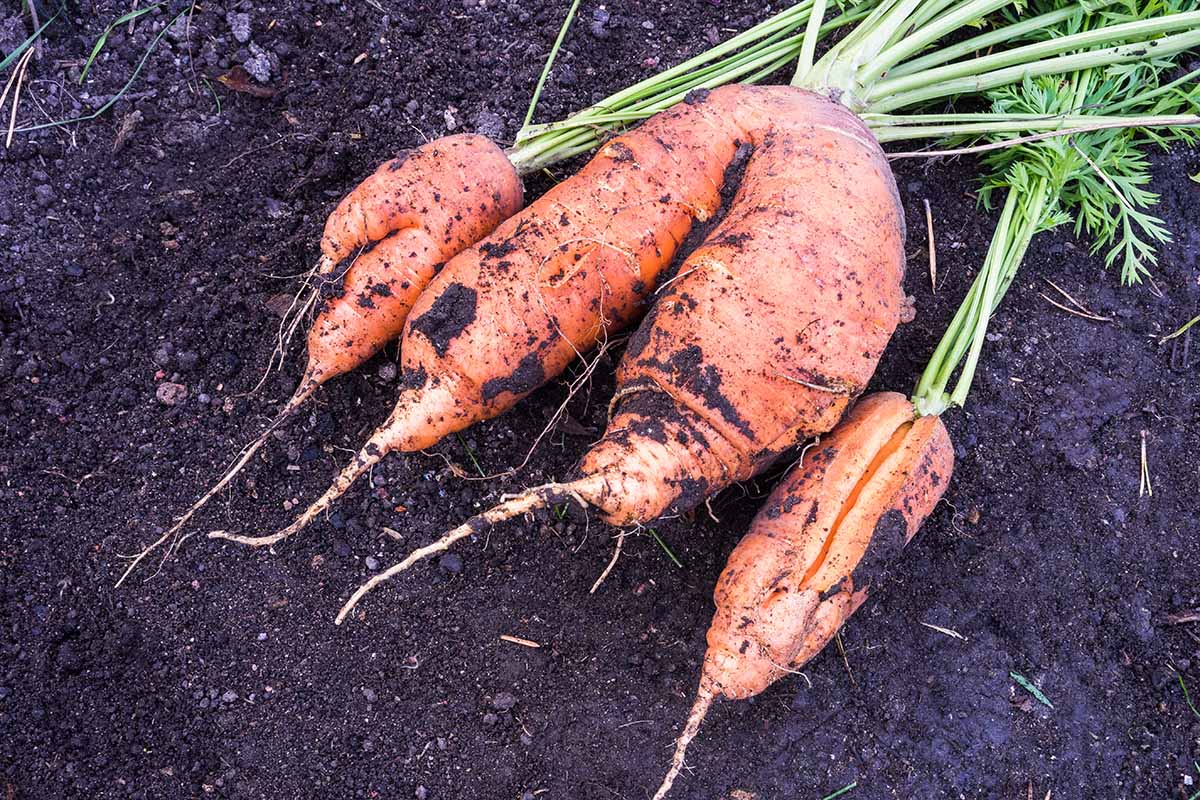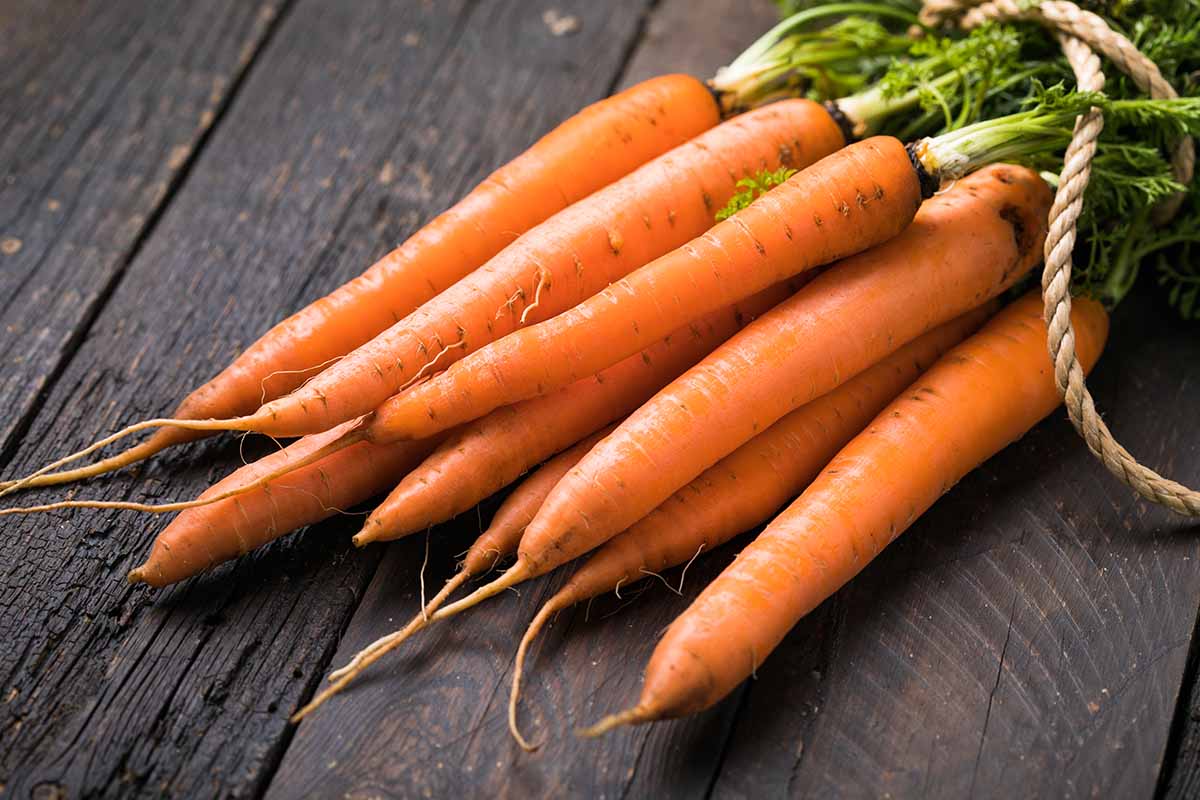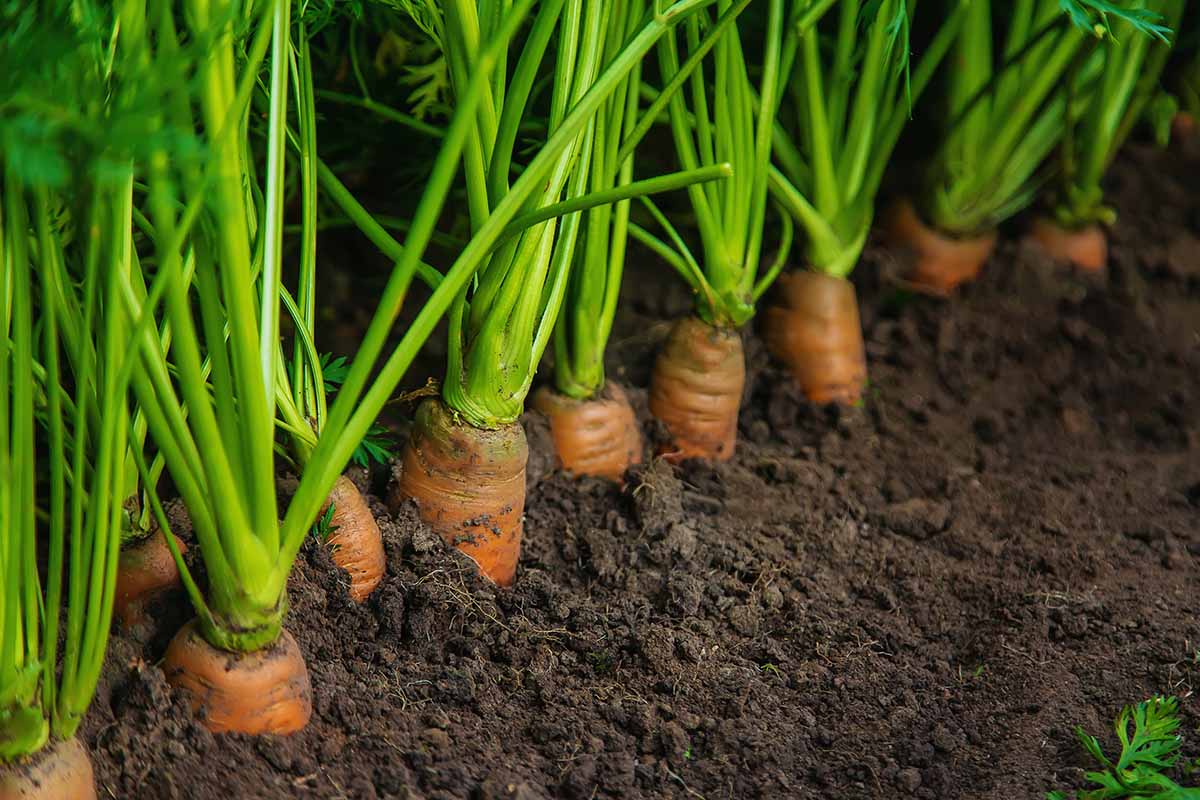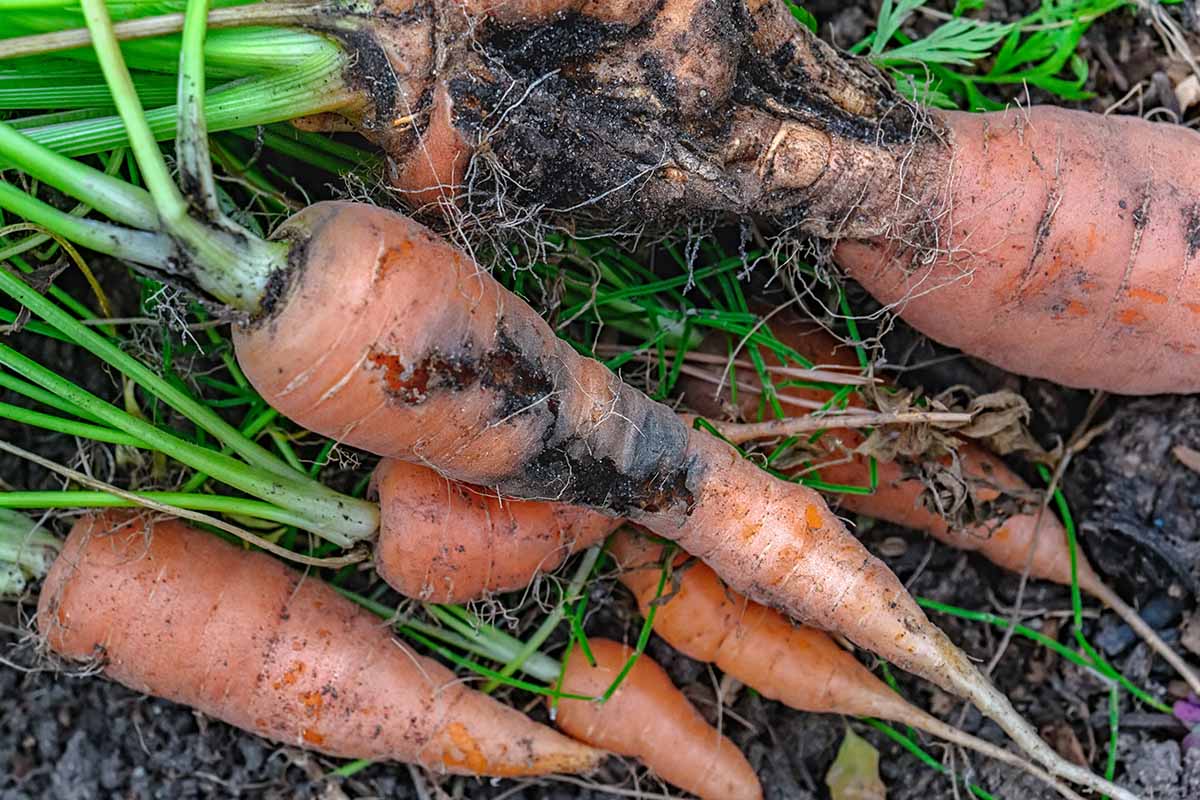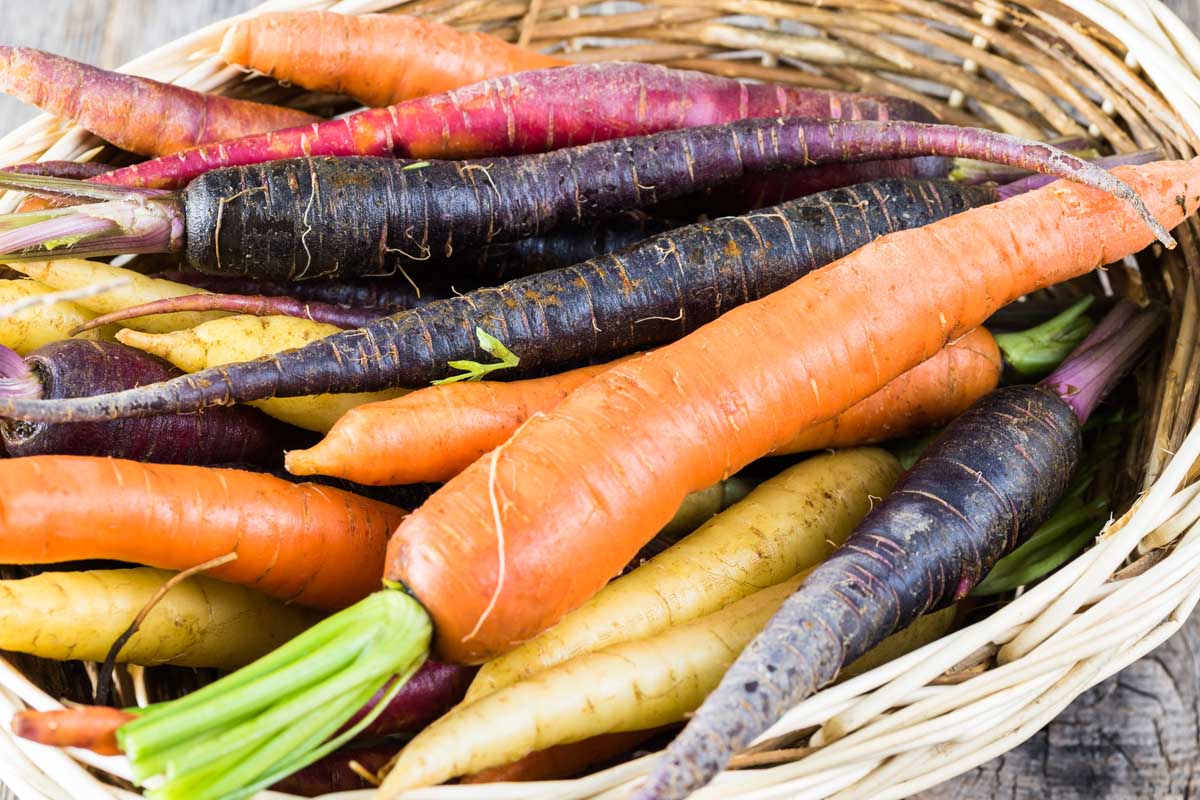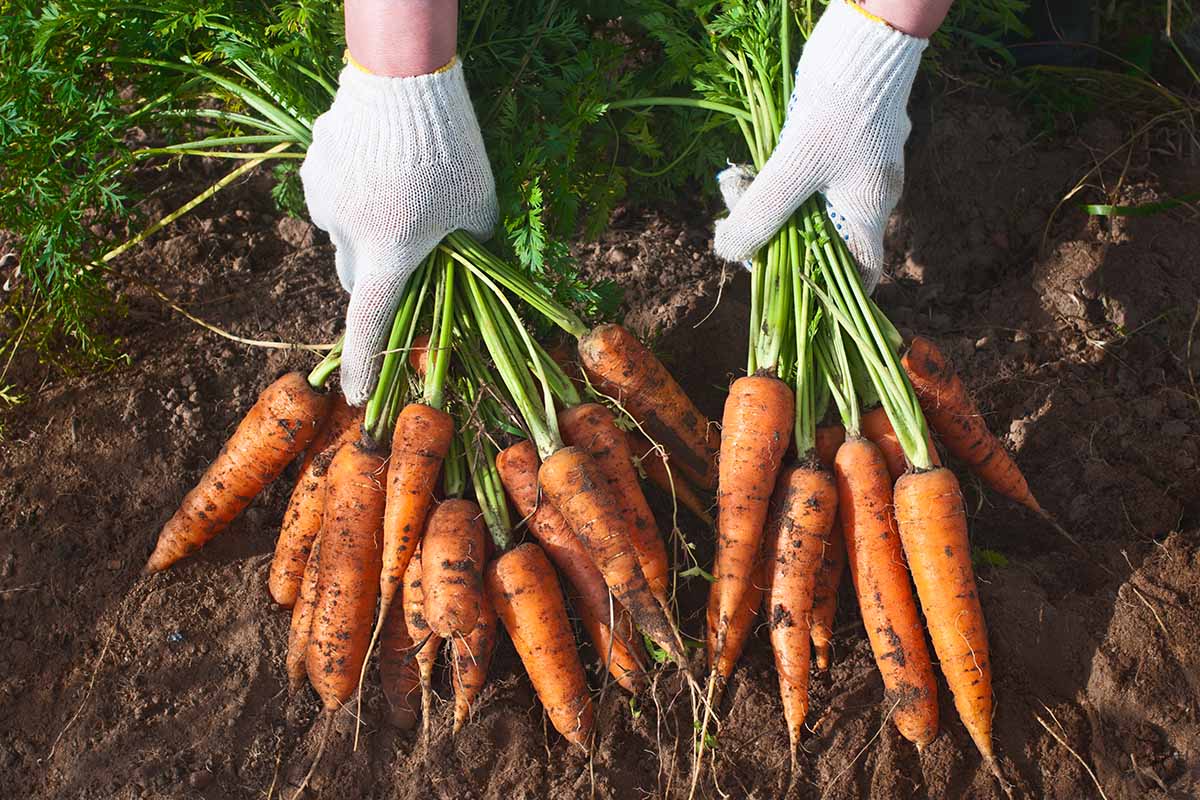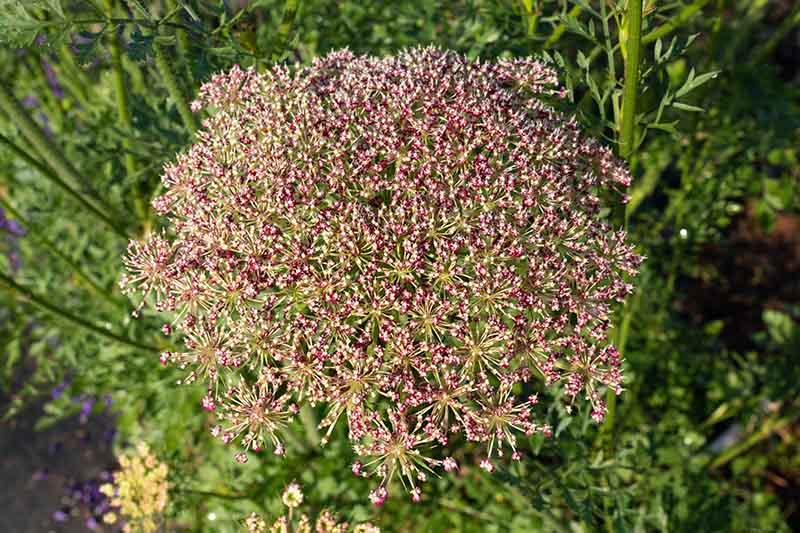Growing Carrots and Other Hosts for Black Swallowtail Butterflies
Interested in growing garden plants to attract black swallowtail butterflies? Members of the carrot family are a favorite of these pollinators, which can make their homes in our gardens at many different stages. Learn more about growing plants in the carrot family for black swallowtail butterflies in this guide. Read more.
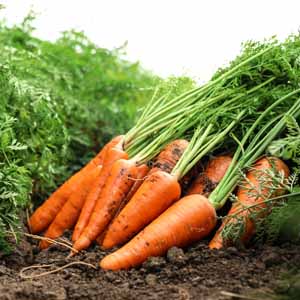 The modern vegetable form was domesticated from the wild carrot (Daucus carota) which is native to Europe and Eurasia. Carrots today have much larger and less woody taproots than their wild predecessors.
The modern vegetable form was domesticated from the wild carrot (Daucus carota) which is native to Europe and Eurasia. Carrots today have much larger and less woody taproots than their wild predecessors.